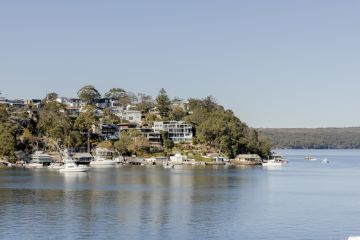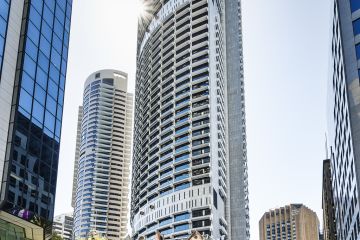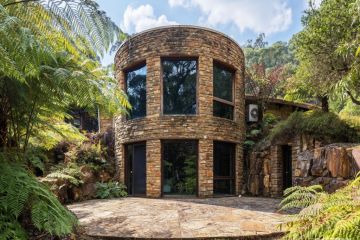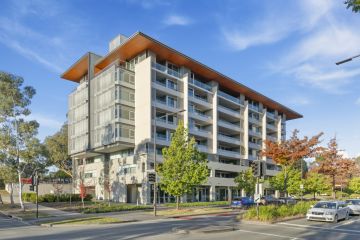Six lessons we learnt from our own Block-inspired bathroom renovation

Spurred on by The Block and a host of other home renovation shows, my husband and I decided to tackle our first full-blown renovation, and had our eyes firmly set on the bathroom. There was nothing offensive about the bathroom, we simply wanted to transform it into a space that was reflective of our style.
According to a Housing Industry Association (HIA) report, we are among many home owners taking control of their renovations. The report estimates almost a quarter of a million home owners will undertake a bathroom renovation this year, and 90 per cent will engage directly with trades.
“More home owners are taking an active interest in their own renovation, and with the bathroom being a smaller space, it may be seen as an easier project to tackle,” says HIA’s Executive Director of Building policy, Simon Croft.
Another factor driving home owners to create dreamy spaces of their own is the inspiration they are getting from home-renovation shows.
“With the rise of home-renovation shows, people are getting interested in doing their renovations themselves and putting their own ‘personal touches” on their home. So naturally they will want to oversee things to make sure it is done just right,” says Croft.
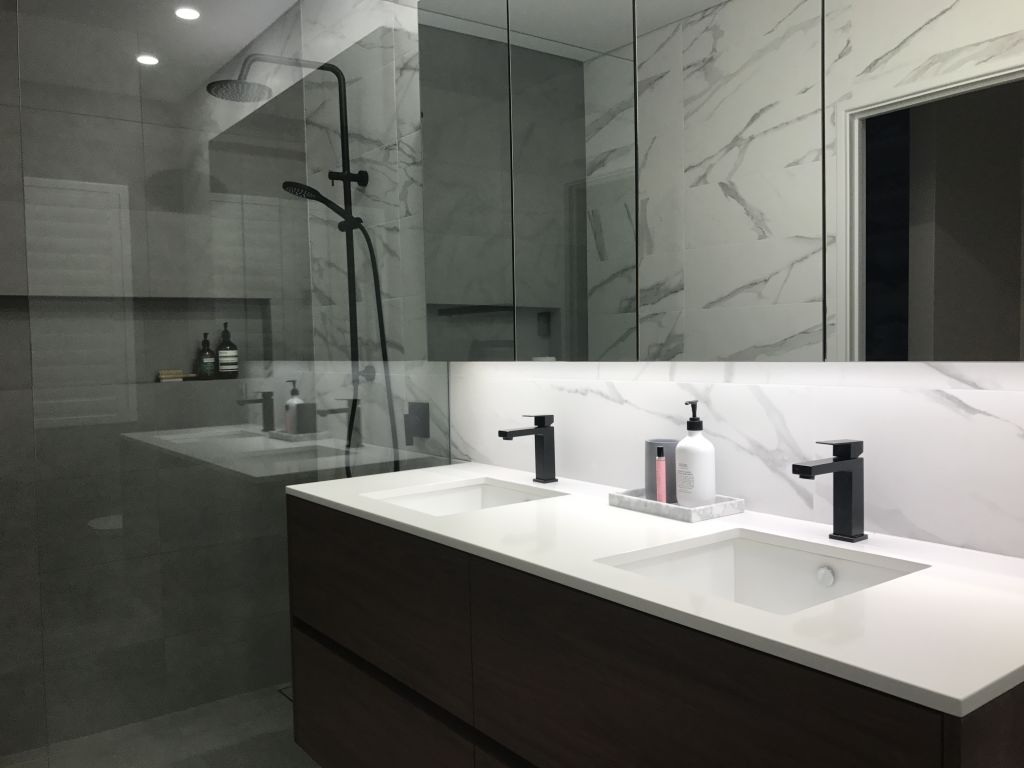
“However, renovation shows raise people’s expectations on how easy it can be,” he says, and warns that certain jobs should be left to the professionals rather than doing it yourself.
We found early in the process that reality TV doesn’t prepare you for, well, reality. One thing that did resonate from watching others succeed – and flop – at renovating, is planning ahead. We took months fine-tuning the bathroom design and managed to complete the renovation in mere weeks, with the result mirroring our vision.
- Related: Changes we made to our home that saved thousands
- Related: Six home items that are always worth splurging on
- Related: A mini version of The Block
Of course, mistakes were made and lessons learnt, and below are some of the ones that stuck with us.
Bring life to your vision before you start
“When it comes to planning a bathroom renovation it’s a good idea to start with a vision board. You can create this on Pinterest, cut photos from magazines or Houzz is another great online resource,” says head of interior design at Advantage Interior Design, Luisa Volpato.
“Start with pictures of bathrooms that you like, and see if there is a common style you are drawn to. Look at colours and finishes and determine a palette of three or four, and also include tap fittings, shower heads and baths. All of this will give you a firm direction on how to plan your bathroom.”
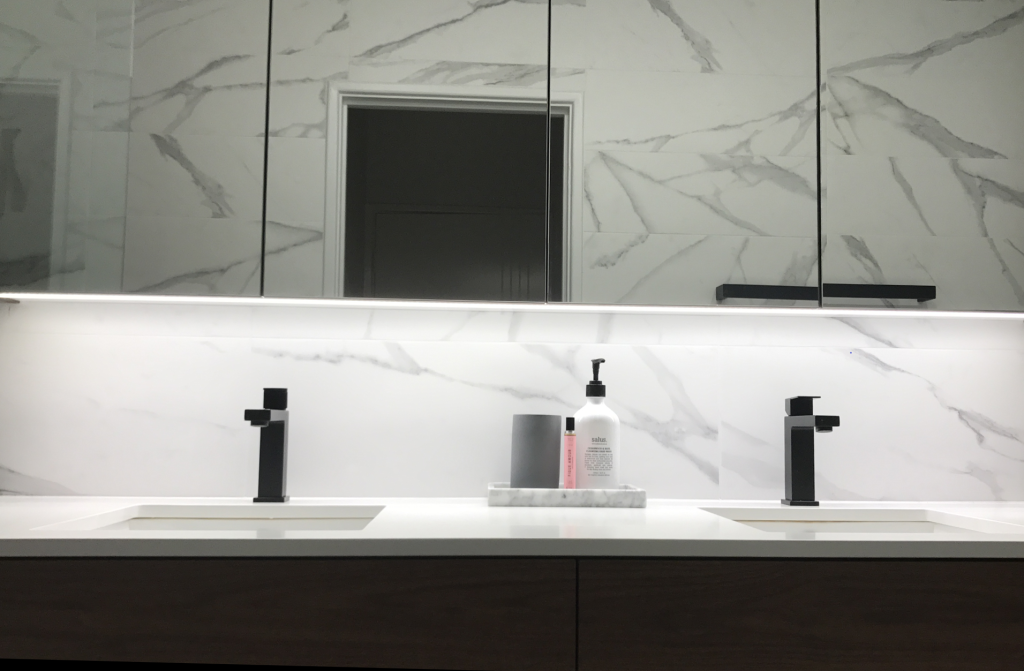
Display your plan for all to see
On day one, we had a drawn plan stuck to the bathroom wall detailing the layout, measurements and what went where. The trades loved it as we could all refer to it at any time, and were on the same page with the same end-goal.
The value of good trades
“Find reputable tradespeople,” says Croft from HIA. “Even in this day of apps and the internet, the tried and true method of word of mouth remains one of the best ways to find trades.”
If it weren’t for the know-how of our tradespeople who suggested ideas and workarounds – like concealing the toilet paper roll and the ideal shower height for occupants who are more than a foot apart – we would have constant reminders of our rookie mistakes.
Make time each day to brief your trades
During our reno, we had a daily morning ritual that involved a project update with the tradespeople. It was the best way to get everyone on the same page about what was happening that day and what was to be done next. It also helped with coordinating trades (so they didn’t get in each other’s way), and was paramount to keeping the project running on time.
Plan ahead and coordinate deliveries
“When you are project-managing a renovation, there are lots of deliveries and tradespeople involved. If you don’t order your supplies well in advance you could end up delaying your renovation and, potentially, waiting months for tiles that are on a ship from Italy. Here, a spreadsheet is your friend — get a clear indication of lead times for orders and deliveries and ensure you have somewhere to store the materials so everything is ready to go,” interior designer Volpato says.
The not-so trivial details
When designing, think of the small things. When we first started on the design, the focus was on the big picture. Concealing power points and roll holders didn’t factor into the planning. Neither did tap position, mirror height or lighting placement. While these might seem trivial they impact greatly on the finished bathroom. Thinking ahead will prevent making decisions on the hop and give you the best result.
We recommend
States
Capital Cities
Capital Cities - Rentals
Popular Areas
Allhomes
More
- © 2025, CoStar Group Inc.

